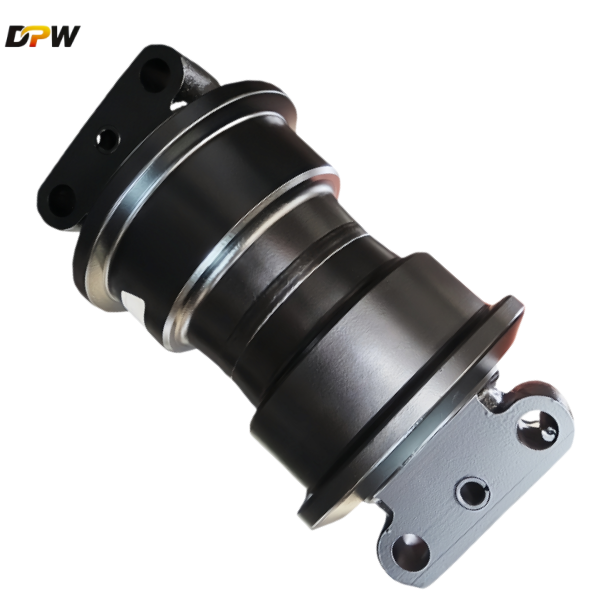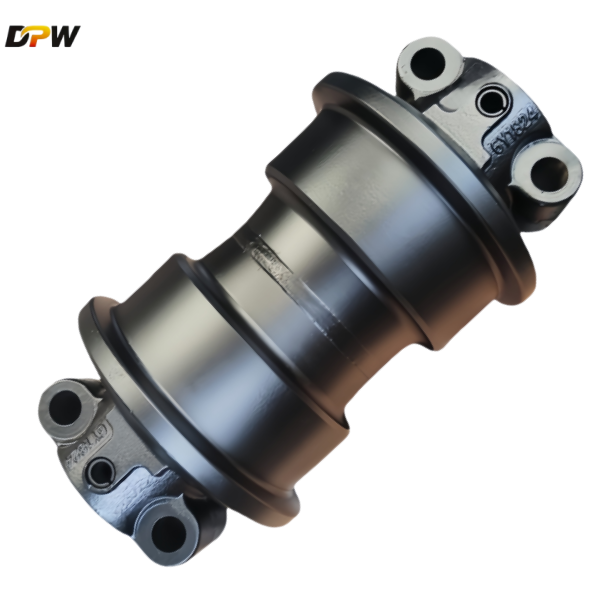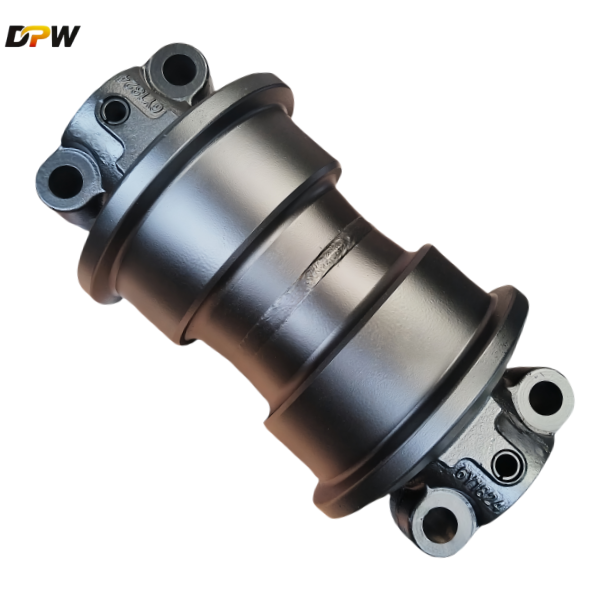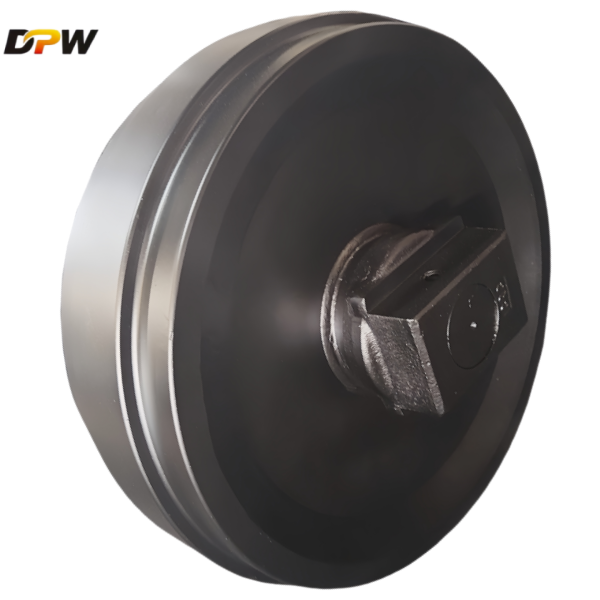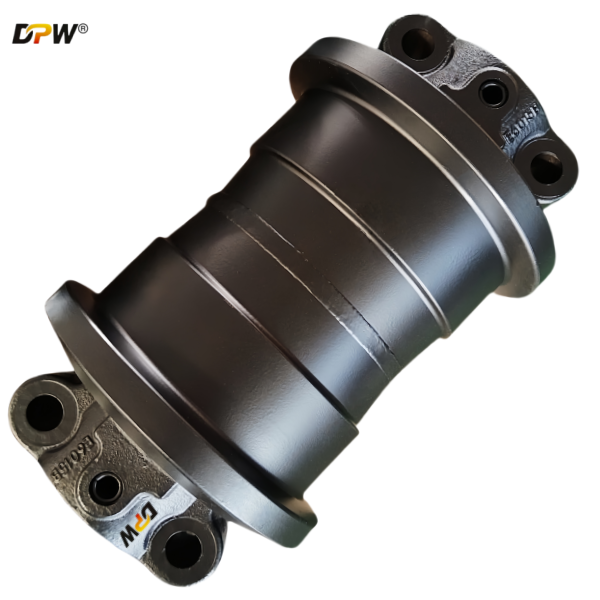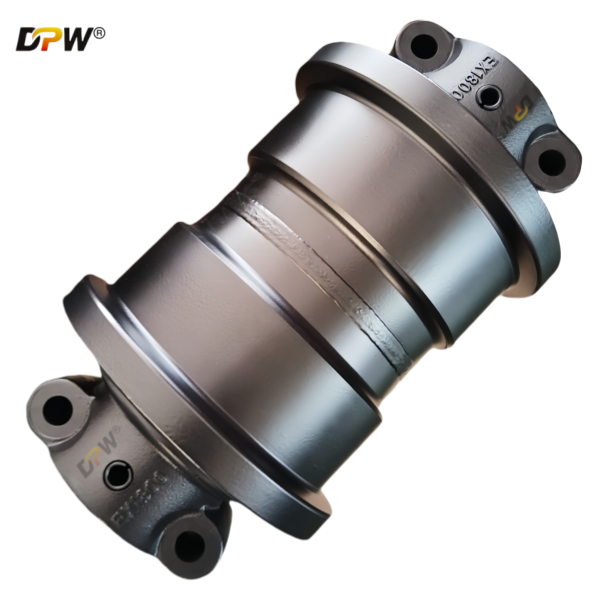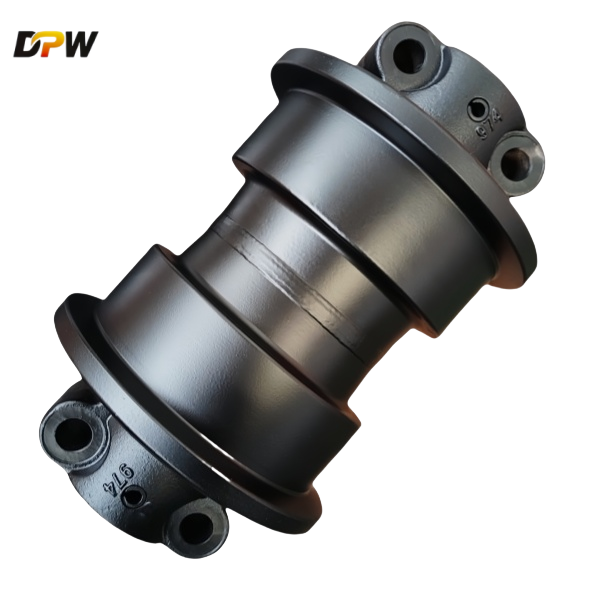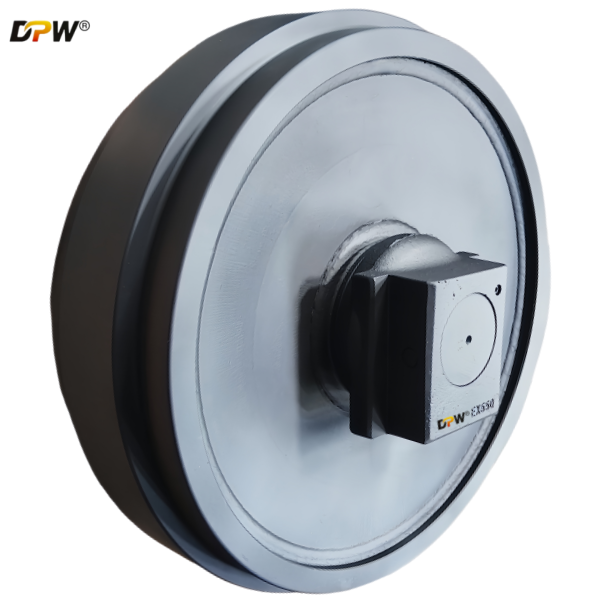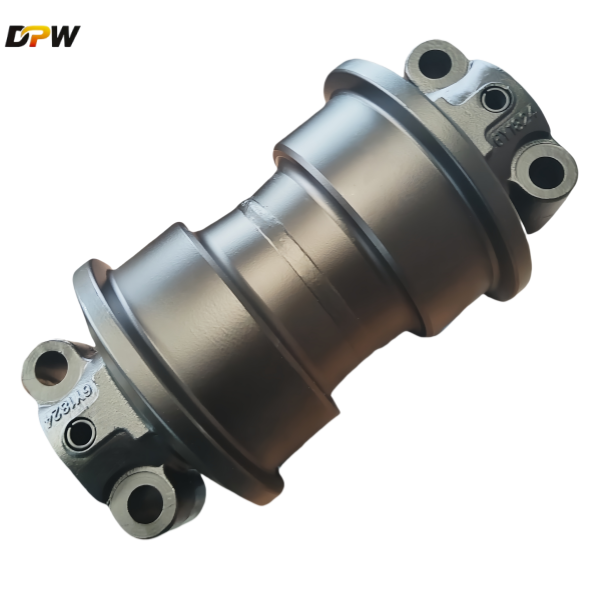
CAT/6Y1824/E365/E374/E375/E385/E390 Track Roller Assembly for heavy duty excavator undercarriage part/Host quality specializing in mining
Product Specifications
The CAT E365, E374, E375, and E385 Track Roller Assembly is a critical component in the undercarriage system of these Caterpillar excavators. Here's a breakdown of what you need to know:
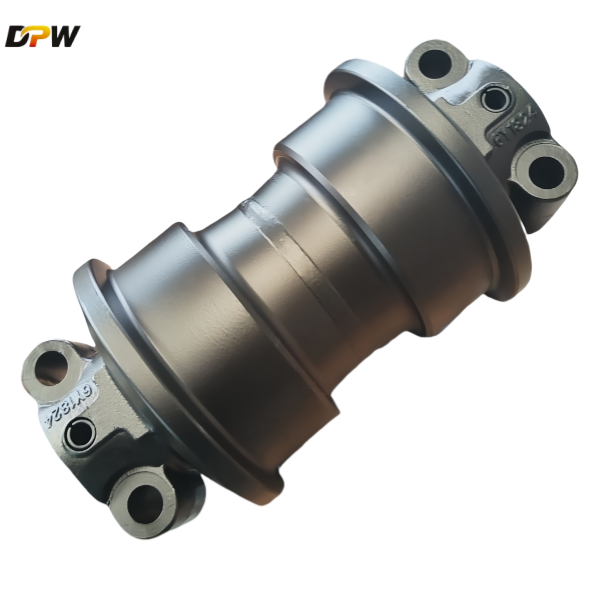
Function:
Supports the weight of the excavator on the track chain.
Guides the track chain, keeping it aligned and running smoothly along the track frame.
Distributes the machine's load evenly across the track chain links and shoes.
Endures significant impact, shock loads, and abrasive wear from dirt, rocks, and debris.
Location: Mounted along the bottom of the track frame (undercarriage), positioned between the carrier rollers (top rollers) and the idler (front) and sprocket (rear).
Key Components of the Assembly (Typically):
Outer Shell/Housing: The hardened, durable outer surface that contacts the track chain link.
Roller Shaft: The central shaft that fits into the mounting bosses on the track frame.
Roller Bearings: High-capacity sealed bearings allowing the roller to spin freely around the shaft.
Seals: Critical multi-lip seals (often labyrinth and/or lip seals) protecting the bearings from contaminants (dirt, water, mud) and retaining lubricating grease.
Flanges (on some designs): Guide the track chain, preventing lateral movement off the roller path. Bottom rollers usually have flanges.
Importance of Maintenance & Replacement:
Wear: Track rollers are subject to constant friction and impact. Worn rollers lead to:
Accelerated wear on the track chain links and bushings.
Poor track alignment and derailment risk.
Increased rolling resistance, reducing fuel efficiency.
Excessive vibration and noise.
Damage to other undercarriage components (idlers, sprockets).
Seal Failure: The most common cause of premature roller failure. Failed seals allow contaminants in, destroying the bearings. Signs include grease leaking out or dirt/mud entering the seal area.
Bearing Failure: Results in the roller seizing or grinding, causing severe damage.
Signs a Track Roller Assembly Needs Replacement:
Visible excessive wear or scoring on the outer shell.
Significant play or wobble when the roller is pried.
The roller does not spin freely (seized or very stiff).
Visible grease leakage or contamination around the seals.
Unusual grinding or squealing noises from the undercarriage.
Abnormal track chain wear patterns.
Model Considerations (E365/E374/E375/E385):
While these models are similar in size class (65-90 ton range), the specific track roller assembly part number will vary depending on:
The exact machine model and configuration (e.g., standard vs. long undercarriage).
The machine's serial number prefix (S/N prefix).
Manufacturing updates or design changes.
It is CRUCIAL to use the correct part number. Using an incorrect roller can lead to improper fitment, accelerated wear, or undercarriage damage.
Finding the Correct Part Number:
Caterpillar SIS (Service Information System): The official source. Requires machine Serial Number (S/N).
Caterpillar Dealer: Provide your machine's S/N to your local dealer for the exact part number and availability (Genuine CAT parts).
Reputable Aftermarket Suppliers: Companies like Berco, ITR, Lemken, Prowell, and others offer high-quality replacement rollers. They will also need your machine model and S/N to cross-reference the correct part. Ensure they meet OEM specifications.
Recommendations:
Use Genuine CAT or High-Quality Aftermarket: Undercarriage components are vital for machine performance, safety, and longevity. Invest in quality parts.
Identify Correct Part Number: ALWAYS use your machine's specific Serial Number to look up the exact track roller assembly required.
Inspect Regularly: Include track rollers in your routine undercarriage inspections for wear and seal condition.
Replace in Sets (Best Practice): While not always strictly necessary, replacing all bottom rollers on one side at the same time promotes even wear and optimal track performance/longevity.
Professional Installation Recommended: Proper installation, including correct torque on mounting bolts and ensuring seals aren't damaged, is critical for the roller's lifespan.
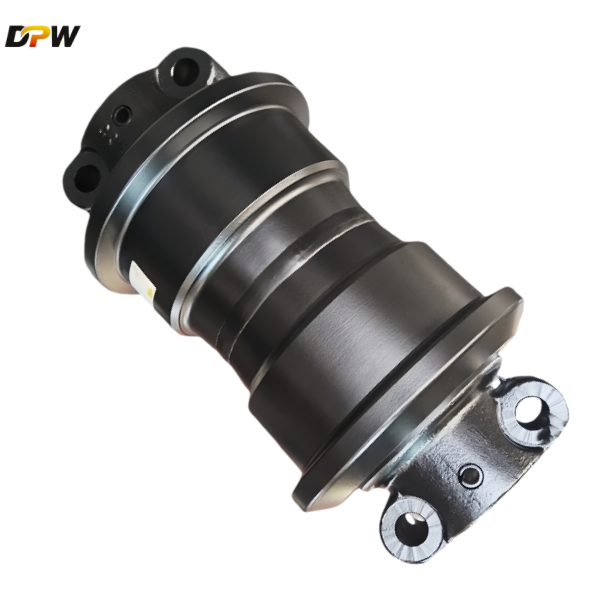
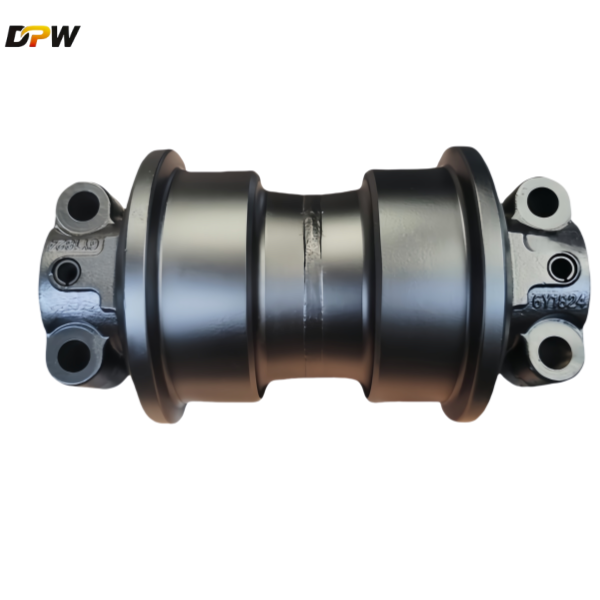
| |||||||||||||||||||||||||||||||||||||||||||||||||||||||||||||||||||||||||||||||||||||||||||||||||||||||||||||||||||||||||||||||||||||||||||||||||||||||||||||||||||||||||||||||||||||||||||||||||||||||||||||||||||||||||||||||||||||||||||||||||||||||||||||||||||||||||||||||||||||||||||||||||||||||||||||||||||||||||||||||||||||||||||||||||||||||||||||||||||||||||||||||||||||||||||||||||||||||||||||||||||||||||||||||||||||||||||||||||||||||||||||||||||||||||||||||||||||||||||||


